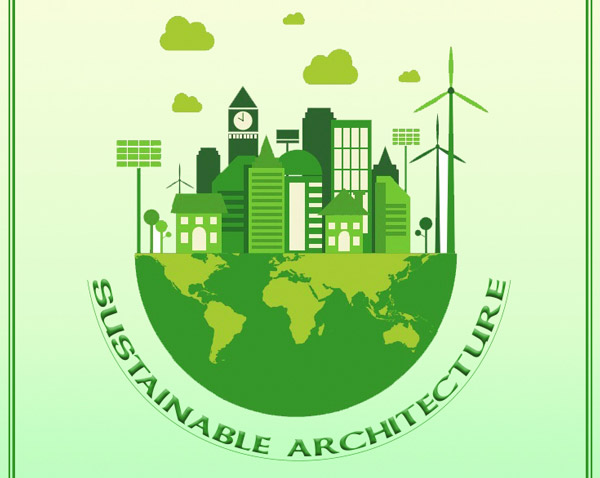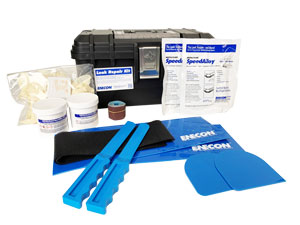
Introduction:
Sustainable architecture is a growing trend in the design world, focusing on eco-friendly and energy-efficient practices. In this article, we’ll explore various sustainable architecture ideas that not only contribute to a greener future but also create aesthetically pleasing and functional spaces.
Energy-Efficient Building Design:
One of the cornerstones of sustainable architecture is energy efficiency. Designing buildings that maximize natural light, utilize shading devices, and incorporate proper insulation reduces the reliance on artificial lighting and heating, resulting in lower energy consumption. This approach not only benefits the environment but also lowers operational costs for building owners.
Green Roof and Living Wall Concepts:
Integrating green roofs and living walls into architectural designs adds a touch of nature to urban environments. Green roofs, covered with vegetation, provide insulation, absorb rainwater, and contribute to air quality. Living walls, vertical gardens installed on building facades, enhance aesthetics while promoting biodiversity and air purification.
Renewable Energy Integration:
Sustainable architecture often involves the integration of renewable energy sources. Solar panels, wind turbines, and geothermal systems can be incorporated into building designs to harness clean and renewable energy. This not only reduces dependence on traditional energy sources but also lowers carbon emissions, making the structure more environmentally friendly.
Use of Recycled and Sustainable Materials:
Choosing materials with a minimal environmental impact is a key aspect of sustainable architecture. Utilizing recycled and sustainable materials, such as reclaimed wood, recycled steel, and bamboo, helps reduce the demand for new resources. These materials often have lower embodied energy, contributing to the overall sustainability of the project.
Water Conservation Strategies:
Water conservation is another critical consideration in sustainable architecture. Implementing strategies like rainwater harvesting, graywater recycling, and efficient irrigation systems reduces water consumption. Low-flow fixtures and water-saving technologies further contribute to sustainable water use in both residential and commercial structures.
Passive Design Principles:
Passive design principles focus on utilizing natural elements to enhance the indoor environment. This includes strategic building orientation, maximizing natural ventilation, and incorporating thermal mass for temperature regulation. By leveraging these passive design strategies, buildings can achieve optimal comfort without relying heavily on mechanical systems.
Adaptive Reuse and Retrofitting:
Rather than constructing entirely new structures, sustainable architecture often promotes adaptive reuse and retrofitting of existing buildings. Converting old warehouses into modern offices or repurposing historical structures for residential use reduces the environmental impact associated with demolition and new construction.
Smart Building Technologies:
Incorporating smart building technologies enhances the efficiency and sustainability of architectural designs. Automated systems for lighting, heating, and cooling can optimize energy usage based on occupancy and environmental conditions. Smart sensors and controls contribute to a responsive and energy-conscious building ecosystem.
Community-Centric Design Approach:
Sustainable architecture extends beyond individual structures to embrace a community-centric design approach. Planning spaces that encourage public transportation, pedestrian-friendly environments, and community gardens fosters a sense of interconnectedness and reduces the overall carbon footprint of the community.
Educational Outreach and Awareness:
Promoting sustainable architecture involves educating both professionals and the general public. Architectural firms and designers can engage in educational outreach programs to raise awareness about the benefits of sustainable practices. Sharing success stories and showcasing the positive impact of sustainable designs inspires more individuals and organizations to embrace eco-friendly architecture.
Conclusion:
Sustainable architecture ideas are not only about minimizing environmental impact but also about creating spaces that enhance the quality of life. From energy-efficient designs to the use of renewable resources and community-centric approaches, these ideas pave the way for a greener and more sustainable future. Explore Sustainable Architecture Ideas to delve deeper into innovative designs that contribute to a healthier planet.




